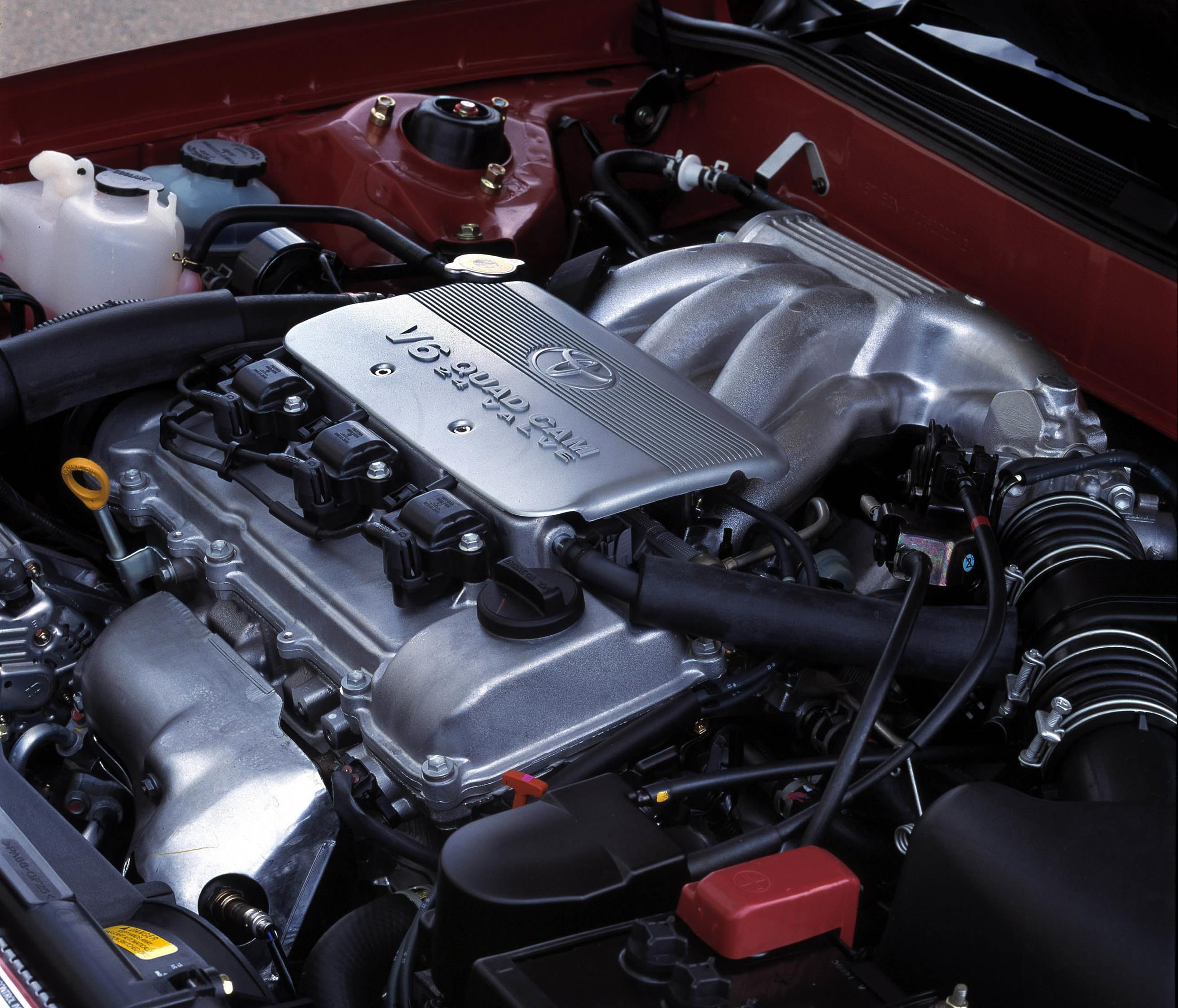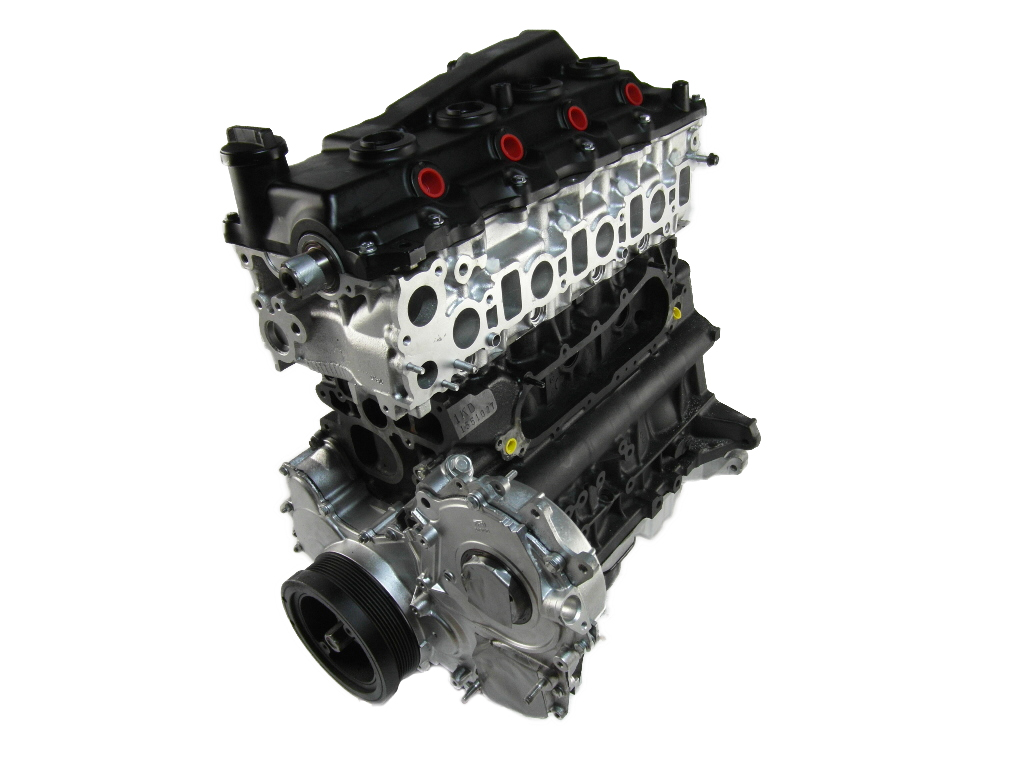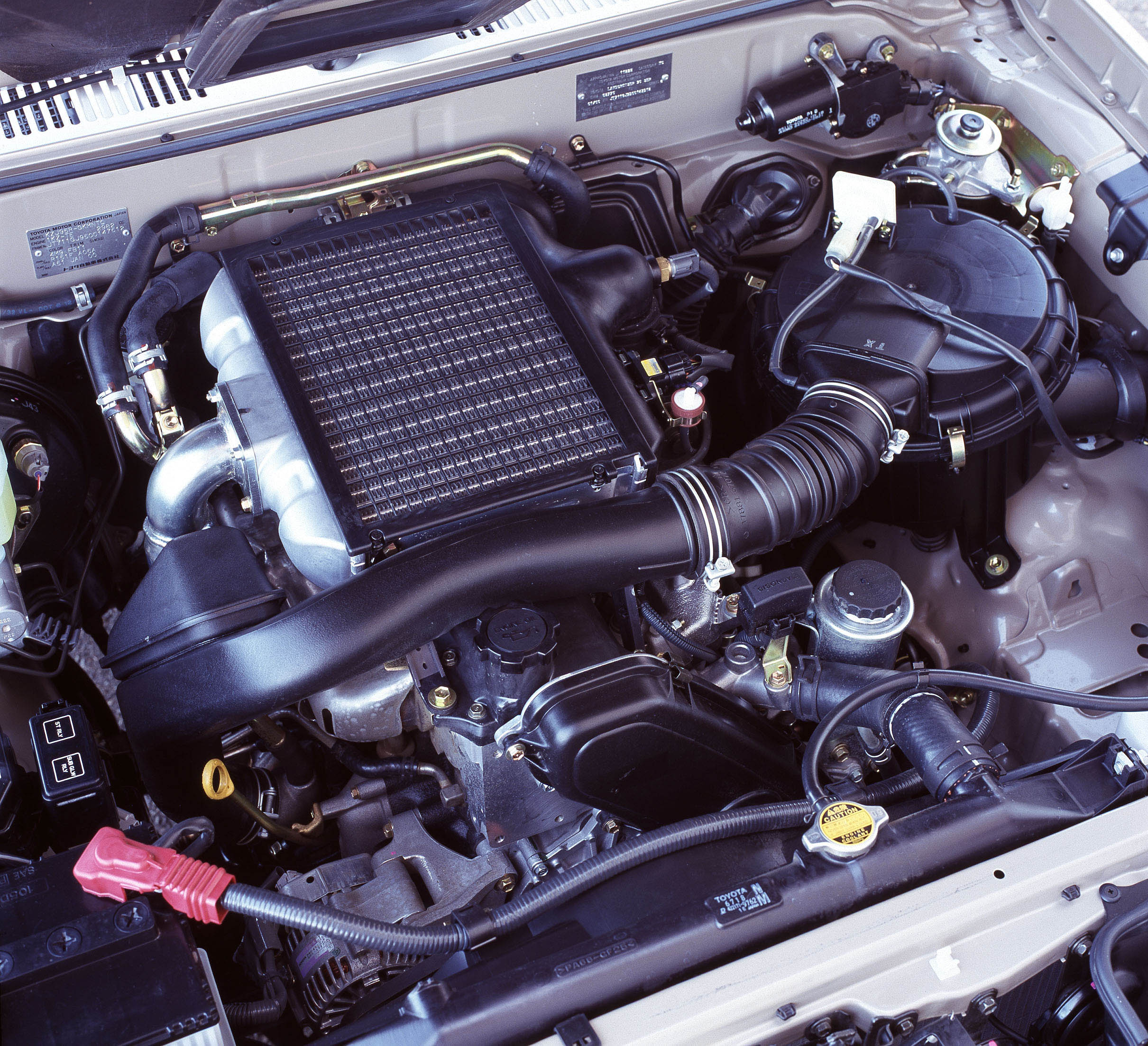Introduction
The FPV F6 310 Turbo was a turbocharged 4.0-litre inline six-cylinder petrol engine that was introduced in the FPV FG F6 in February 2008. Producing peak power and torque outputs of 310 kW at 5500 rpm and 565 Nm at 1950-5200 rpm, the FPV F6 310 Turbo engine replaced the FPV F6 270 Turbo engine. Key changes for the F6 310 Turbo engine included:
- A strengthened piston and connecting rod assembly;
- Redesigned inlet and exhaust systems;
- Revised camshaft timing;
- A larger intercooler;
- A higher efficiency Garrett turbocharger;
- Increased boost pressure (0.91 bar or 13.3 psi); and,
- A lower compression ratio (8.47:1, previously 8.7:1).
| Model | Engine | Trans. | Peak power | Peak torque | Years |
|---|---|---|---|---|---|
| FPV FG F6, FPV FG F6 Ute |
4.0-litre turbo petrol I6 | 6sp man., 6sp auto |
310kW at 5500rpm | 565Nm at 1950-5200rpm | 2008-14 |
Block
Like the FPV F6 270 Turbo, the F6 310 Turbo engine had a cast iron block with 92.26 mm bores and a 99.31 mm stroke for a capacity of 3984 cc. Similarly, the F6 310 Turbo block had cross-bolted main bearing caps to increase rigidity and a cross-bolted alloy sump.
Due to its increased boost pressure, the F6 310 Turbo engine had a strengthened piston and connecting rod assembly, though fully floating gudgeon pins continued to be used to connect the piston to the connecting rod. Like the F6 270 Turbo, the F6 310 Turbo engine had ‘dished bowl’ shape pistons.
Cylinder head
The FPV F6 310 Turbo engine had a gravity-cast, aluminium alloy cylinder head which was mounted on a single layer steel (SLS) sheet metal gasket. For the F6 310 Turbo engine, a redesigned ‘fast burn’ cylinder head was introduced which had revised intake port profiling and new combustion chamber geometry to increase swirl for faster combustion. According to Ford, the higher turbulence enabled additional camshaft retard at part throttle due to an improved lean limit, thereby reducing pumping losses and improving fuel efficiency.
The water jacket for the F6 310 Turbo engine featured deflection vanes to squeeze coolant past hot spots – such as the exhaust valve seats – at higher velocities to achieve more even temperatures throughout the cylinder head.
Intake and exhaust manifolds
Compared to theF6 270 Turbo, the F6 310 Turbo engine had redesigned intake and exhaust manifolds. Specifically, a new ‘low loss’ short path air intake was developed to reduce losses and improve throttle losses, while the exhaust manifold was tuned to minimise exhaust gas flow restrictions and optimise the flow balance from cylinder to cylinder. Like the F6 270 Turbo, the FPV F6 310 Turbo engine had a 13 litre dual-entry ram airbox.
Garrett turbocharger
Compared to the F6 270 Turbo, the F6 310 Turbo engine had a ‘new, higher efficiency’ Garrett turbocharger which had:
- A larger compressor wheel;
- Different compressor housing; and,
- An upgraded wastegate that was re-tuned to avoid unwanted surges due to variation in boost pressure.
Significantly, maximum boost pressure for the F6 310 Turbo engine was 0.91 bar or 13.3 psi (increased from 0.64 bar or 9.28 psi for the F6 270 Turbo). Despite these changes, however, Garrett used the same model number for this turbocharger, i.e. GT3582R, as it did for the turbocharger in the F6 270 Turbo engine.
Like the F6 270 Turbo, the Powertrain Control Module (PCM) used a boost pressure sensor (BPS) to monitor the boost pressure of the turbocharger. Based on engine load, temperature and engine speed, boost pressure was determined by the operation of a single by-pass wastegate valve which controlled how much exhaust gas was directed to the turbine and, therefore, the turbine’s speed. In turn, the wastegate valve was operated by an actuator which had a diaphragm and used regulated air pressure.
Intake air pressure was further controlled by a blow-off valve which would dump excess pressure into the low pressure side of the intake system when the throttle was closed. The blow-off valve was actuated by intake manifold pressure, via a rubber hose from the intake manifold.
Intercooler
The F6 310 Turbo had a larger intercooler that provided lower intake manifold air temperatures and, therefore, increased air intake pressure. According to FPV, the new intercooler achieved:
- A 22 per cent increase in intercooler core volume;
- A 45 per cent improvement in heat rejection; and,
- A 34 per cent reduction in pressure drop.
For the F6 310 Turbo, airflow to the intercooler was improved by removing the covering grille.
Camshafts and valvetrain
The F6 310 Turbo engine had double overhead camshafts that were driven by a single-stage roller chain. To minimise weight and improve durability at higher engine speeds, the camshafts were roll-forged and had bored centres. The four valves per cylinder were actuated by roller finger followers and a clip held the hydraulic lash adjusters to the rockers for durability. To limit in-chamber tumble and provide good seating, the valves had a domed head and no lip. It is understood that the F6 310 Turbo shared key specifications with the Barra 245T and FPV F6 270 Turbo engines (see table below).
F6 310 Turbo valvetrain specifications
| Rocker arm ratio | 2.04:1 |
| Camshaft lobe lift (intake and exhaust) | 5.39 mm |
| Valve lift (intake and exhaust) | 11.00 mm |
| Intake valve diameter | 35.0mm |
| Exhaust valve diameter | 32.0 mm |
Variable Cam Timing (VCT)
The F6 310 Turbo engine had a vane-type VCT phaser – produced by Aisin – on each camshaft that provided continual variable adjustment within a 60 degree range (10 degrees advanced or 50 degrees retarded from the initial pin lock position). Each camshaft phaser was hydraulically controlled via an oil control valve that was mounted on top of it.
Like theBF F6 270 Turbo engine, the variable cam timing system for the F6 310 Turbo engine was Ford’s ‘Dual Independent Phase Shifting’ (DIPS) which enabled the intake and exhaust camshafts to be varied independently of each other. For the F6 310 Turbo engine, camshaft timing was revised.
Injection and ignition
The F6 310 Turbo engine had an electronically-controlled sequential fuel injection system with peak fuel delivery pressure of 4.0 bar. The ‘speed density’ fuel injection system used the engine speed, intake air temperature and manifold absolute pressure sensors to calculate intake air mass and therefore the fuel required to be injected for combustion. This quantity of fuel was then adjusted according to feedback information from the Heated Oxygen (HEGO) sensor, providing close loop control of fuel injection.
The F6 310 Turbo engine had distributorless, coil-on-plug ignition with individual coils mounted above the spark plug. The long-life spark plug was positioned in the centre of the combustion chamber roof between the four valves. For the BF F6 310 Turbo engine, upgraded spark plugs were introduced which had a 0.5 mm finewire centre electrode (the smallest then available) and platinum pad ground electrodes. According to Ford, the spark plugs were optimised for idle stability and helped prevent misfire.
The F6 310 Turbo engine had a 1-5-3-6-2-4 injection and firing order.
The ignition system for the F6 310 Turbo engine featured adaptive and variable dwell (the time required to charge the ignition coil) for more efficient ignition control. Specifically,
- Adaptive dwell accounted for battery voltage and the temperature of the coil windings in the ignition system to provide a more reliable, consistent charge; and,
- Variable dwell provided maximum coil energy when high voltages were required (e.g. wide open throttle) and minimum coil energy when cruising or at idle.
Knock sensing and spark correction
The F6 310 Turbo engine had twin knock sensors which, according to Ford, enabled a change in ignition timing strategy for more accurate spark control, improved fuel economy and greater refinement. Specifically, the Powertrain Control Module had four forms of spark control:
- Individual/averaged spark correction: a performance mode which used 50 per cent of the individual cylinder correction and 50 per cent of engine average spark correction for more consistent performance at higher engine speeds and under heavy loads;
- Individual ‘fast only’ spark correction: reacted to detonation noise and retarded the spark for the next firing event on the same cylinder. This method provided optimum fuel efficiency because spark was only retarded when detonation was detected by the system;
- Individual slow/fast spark correction: applied in addition to the ‘fast only’ mode, slow correction recorded the spark advance used on previous combustion cycles and gradually reduced spark advance if knock was not detected for a few seconds, providing greater refinement; and,
- No spark correction: used at low engine loads when detonation was not possible. As a result, optimum spark timing was applied.






